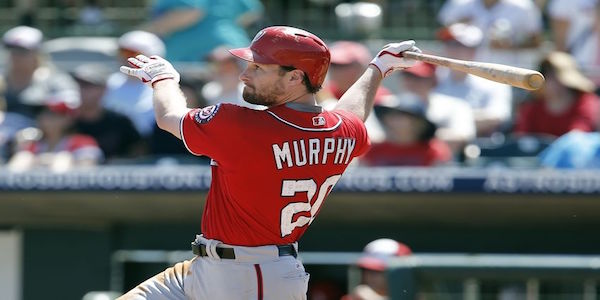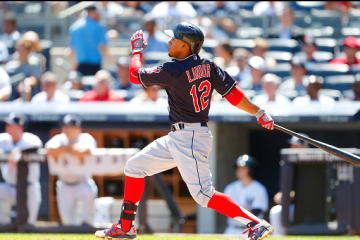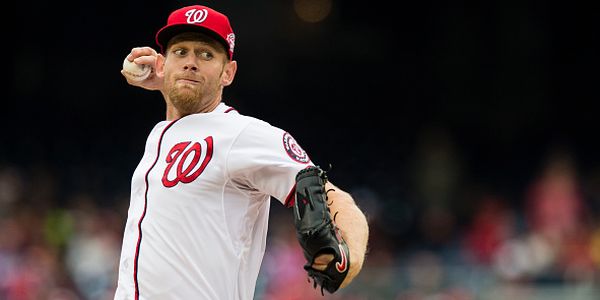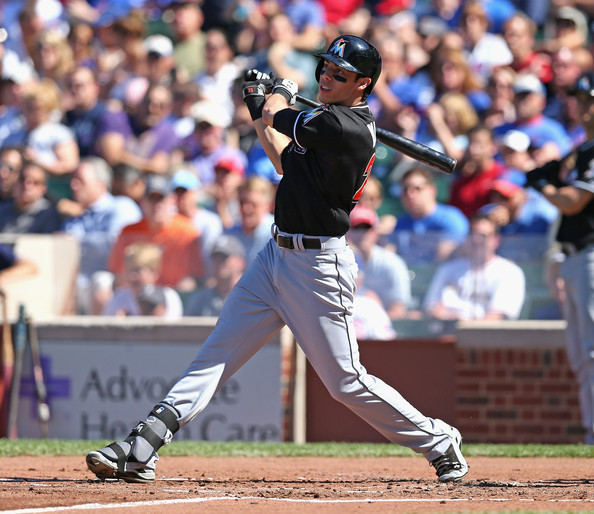2017 Fantasy Baseball: The Fielding Chronicles– Washington Nationals

We’ve reached the end of the line on the fielding chronicles for another season. I often enjoy this series because it helps explain teams like the Nationals. They are a very good team and yet over time they have underachieved. You look at their starting pitching and their hitting talent and think they should do better. Suddenly, when you look at the fielding data you begin to get a better idea of why they have struggled.
Granted, there is always more than one reason why teams don’t achieve what we think they should. Sometimes there are injuries that get in the way. Sometimes younger players don’t live up to their full potential. Sometimes there are chemistry issues behind the scenes that we don’t know about. That isn’t out purpose here.
Are purpose here is to look at the fielding data according to billjamesonline.com. The site provides individual fielding data in addition to team fielding data in the form of defensive runs saved. The Fielding Bible produces that data and updates it on a daily basis. We will look at the data from 2014 to 2016. Additionally, we will look at defensive efficiency ratings from the same timeperiod at baseball-reference.com. The two should be in line, but sometimes it isn’t.
Team Overview
| Infield | Outfield | Shifts | Total | Rank | DER | Rank | |
| 2014 | +24 | -13 | +1 | +12 | 10th | .691 | 8th |
| 2015 | +5 | -13 | +4 | -4 | 10th | .685 | 9th |
| 2016 | -2 | -12 | +14 | 0 | 8th | .700 | 3rd |
I hate to be overly simplistic because nothing in life is ever that simple, but the Nationals were better last year largely because they fielded better. When they fielded better they pitched better and some of that can be attributed to their improvement in the use of shifts. Ten runs can separate you from being good to being average. They were also lucky enough to out-produce their own defense.
A large part of this series is about evaluating how teams plan around their fielding. Injuries are a part of the game, so while it might be meaningless to some to talk about the opening day lineup, it does show us what they were planning and therefore what they were thinking. It is always important to differentiate planning from results. Management should be judged on the effectiveness of their plans and not on the overall results. Of course, risk should be a consideration, but not every injury can be foreseen.
Strongest Defender
There is a reason why we use numbers. Traditionalists have long decried the use of advanced metrics on the basis that “they know all they need to know based on what they see.” That’s hogwash. Anthony Rendon has been plus 23 runs saved over the past three seasons to lead the current group of Nationals. I can’t speak for anyone else, but I never would have expected that. What’s more, the team’s overall fortunes have followed his relative production. They struggled in 2015 when he was minus one run. Those seasons have been flanked by division championships and positive outputs from him. Fielding production is often similar to offensive production in the sense that players have up and down seasons.
Weakest Defender
Clearly, one of the main reasons for the improvement in 2016 was the awesome offensive production of Daniel Murphy. Sure enough, he’s doing it again this season, but that offensive production has come at a price. He has been minus 27 runs over the past three seasons and that doesn’t include what he has done this season. They have toyed with the idea of moving him to first base, but the production of Ryan Zimmerman has put those ideas on hold.
Key Changes
Again, the best laid plans often go awry. The Nationals traded for Adam Eaton in the hopes of improving their overall production in center field. He has been plus 17 runs over the past three seasons in Chicago. Sadly, he tore his ACL and is out for the season. Again, it’s hard to hold that against as ACL tears are impossible to predict. Michael Taylor has taken his spot and has been neutral so far.
Otherwise, they have moved Trea Turner to shortstop and have added Matt Wieters via free agency. Turner came into the season with plus four runs to his credit through two seasons. Wieters has been minus 14 runs over the past three seasons. Overall, the Nationals have likely taken a hit, but they are better off offensively.
Key Pitchers
The Nationals staff is a tale of two staffs and looking at the differences in numbers helps us identify who benefits. Max Scherzer is the defending Cy Young award winner, but he is off to a slower start this season. He has a 37 percent ground ball rate over the past three seasons. That’s almost ten percent worse than the league average. The drop off in outfield defense might be the reason.
On the flip side, Gio Gonzalez seems to be benefitting from a more advanced ground ball rate (50 percent) over the past three seasons and he seems to be off to a better start this season. He is off to one of the best starts of his career and much of it could be do to the improved fielding on the infield.





